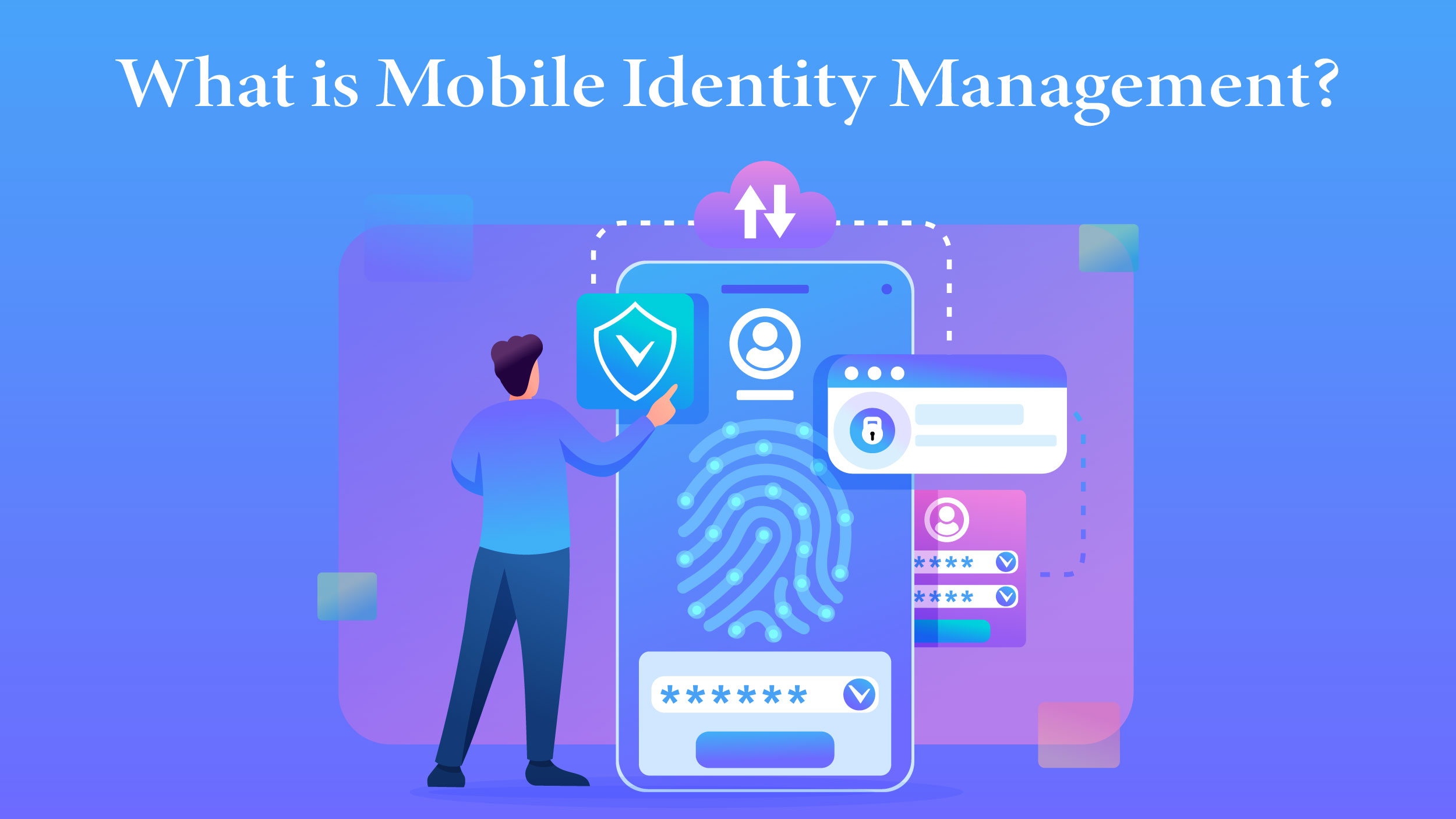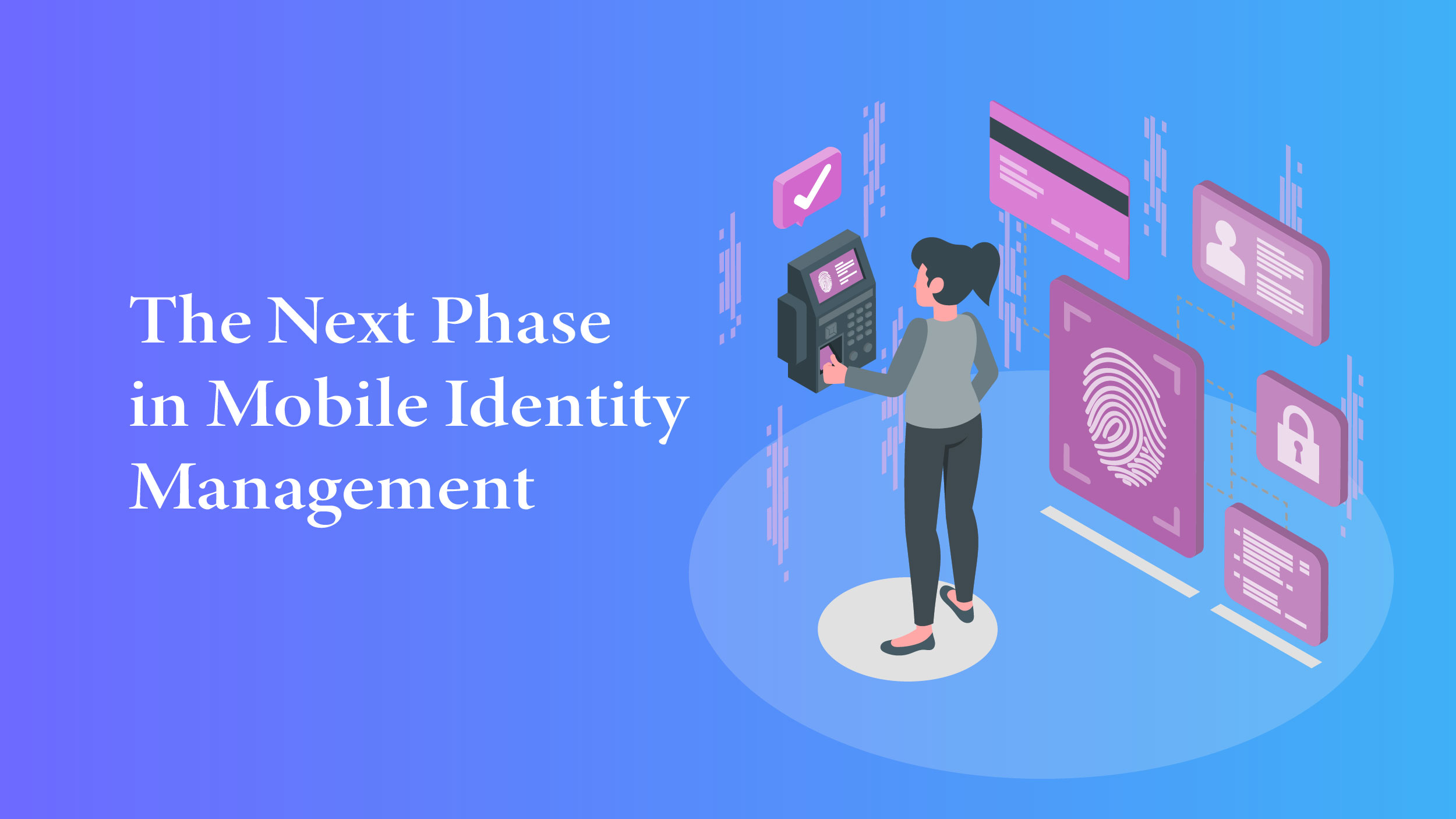In an era dominated by mobile connectivity and digital interactions, the concept of mobile identity management (MIM) has emerged as a pivotal force shaping the landscape of personal and professional security. As we seamlessly integrate mobile devices into various facets of our lives, the need for effective identity management becomes increasingly paramount.
This blog delves into the realm of MIM, exploring its significance, benefits, and solutions that are reshaping the way we safeguard our digital identities in an ever-evolving mobile-centric world.
What is Mobile Identity Management?

In mobile devices, including smartphones and tablets, mobile identity management also known as MIM, is the act of protecting and maintaining digital identities. The tasks include verifying user identity, allowing access into authorized areas, and protecting private information on mobile devices.
Through MIM, users can safely access a range of services and apps on their mobile devices, including corporate services, online banking, payment confirmation, and online content consumption. It makes use of a phone’s SIM card, which stores the user’s certificates, as an identity tool. The user needs to input a unique PIN code in order to use these certificates. Mobile identification, in contrast to standard smart cards, does away with the requirement for a separate card reader because the phone itself serves as both.
Mobile identity management frequently works in conjunction with other technologies and procedures, like mobile device management (MDM) and enterprise mobility management (EMM). For the purpose of improving corporate data security on mobile devices, EMM integrates the functions of MIM, mobile content management (MCM), mobile application management (MAM), and mobile data management (MDM).
Also Read: The Beginner’s Guide to Understanding and Implementing Endpoint Protection Platform
Benefits of Mobile Identity Management
Both individuals and corporations can benefit from MIM in a number of ways. Here are a few main benefits:
- Convenience: Users can effortlessly use their mobile devices to access services and applications using MIM. It gets rid of the need to carry around tangible tokens or keep track of several usernames and passwords. Users can easily and quickly authenticate themselves with mobile identification.
- Enhanced Security: Strong authentication methods, like PIN codes or biometrics (facial recognition, fingerprint) are included in MIM to guarantee safe access to private information and apps. When compared to conventional username/password authentication techniques, it offers an additional level of protection.
- Improved User Experience: Businesses are able to offer their customers a smooth and user-friendly experience by utilizing mobile identity. Increased customer satisfaction and engagement result from easy service access and transaction execution for users.
- Reduced Password-related Issues: By using mobile identity management, you can lessen your reliance on passwords—which can be vulnerable to hacking and human error. This lessens the impact of password-related problems including reuse, forgotten passwords, and password resets.
- Increased Productivity: With MIM, employees can safely access company apps and resources from any location, supporting remote work and boosting productivity. It enables workers to function effectively on their mobile devices by doing away with the requirement for physical tokens or VPNs.
- Regulatory Compliance: Mobile identity management systems frequently abide by industry rules and guidelines, guaranteeing that companies fulfill the essential security and privacy criteria. This is especially crucial for sectors like healthcare and finance that deal with sensitive data.
- Cost Savings: By eliminating the need for physical tokens, password resets, and help desk support for password-related issues, MIM can result in cost savings. Additionally, it removes the expenses related to maintaining and protecting tangible tokens or smart cards.
The Next Phase in Mobile Identity Management

As attackers continue to target users of IoT devices who are susceptible, mobile identity management is becoming more crucial than ever. Mobile ID holds considerable potential for enhancing mobile and digital security. Given that it provides a more practical and safe means of confirming your identity and gaining access to your accounts, mobile ID appears to have a bright future.
Mobile ID is going to be the standard way to manage your online identification, especially with the added benefit of being able to utilize your cellphone as a digital wallet. Mobile IDs will only become increasingly crucial for protecting personal data as society becomes more interconnected. Prominent financial institutions have already adopted this technology to safeguard themselves against fraudulent activities and theft. Although not only have banks used mobile ID, big-box stores like Walmart are now utilizing similar technology to ensure the protection of their consumers. In the future, more financial institutions, retailers, and businesses from all sectors are likely to use this technology!
Summing it Up
In the dynamic landscape of mobile identity management, where the boundaries between convenience and security intersect, the journey continues toward more robust and user-friendly solutions. As we conclude our exploration, it is evident that the evolving mobile ecosystem demands continuous adaptation and innovation. By staying informed about the latest trends, technologies, and best practices in MIM, individuals and organizations can confidently navigate the digital realm, ensuring a secure and seamless mobile experience. The future holds exciting prospects for MIM, promising a harmonious blend of accessibility and protection in our interconnected world.




